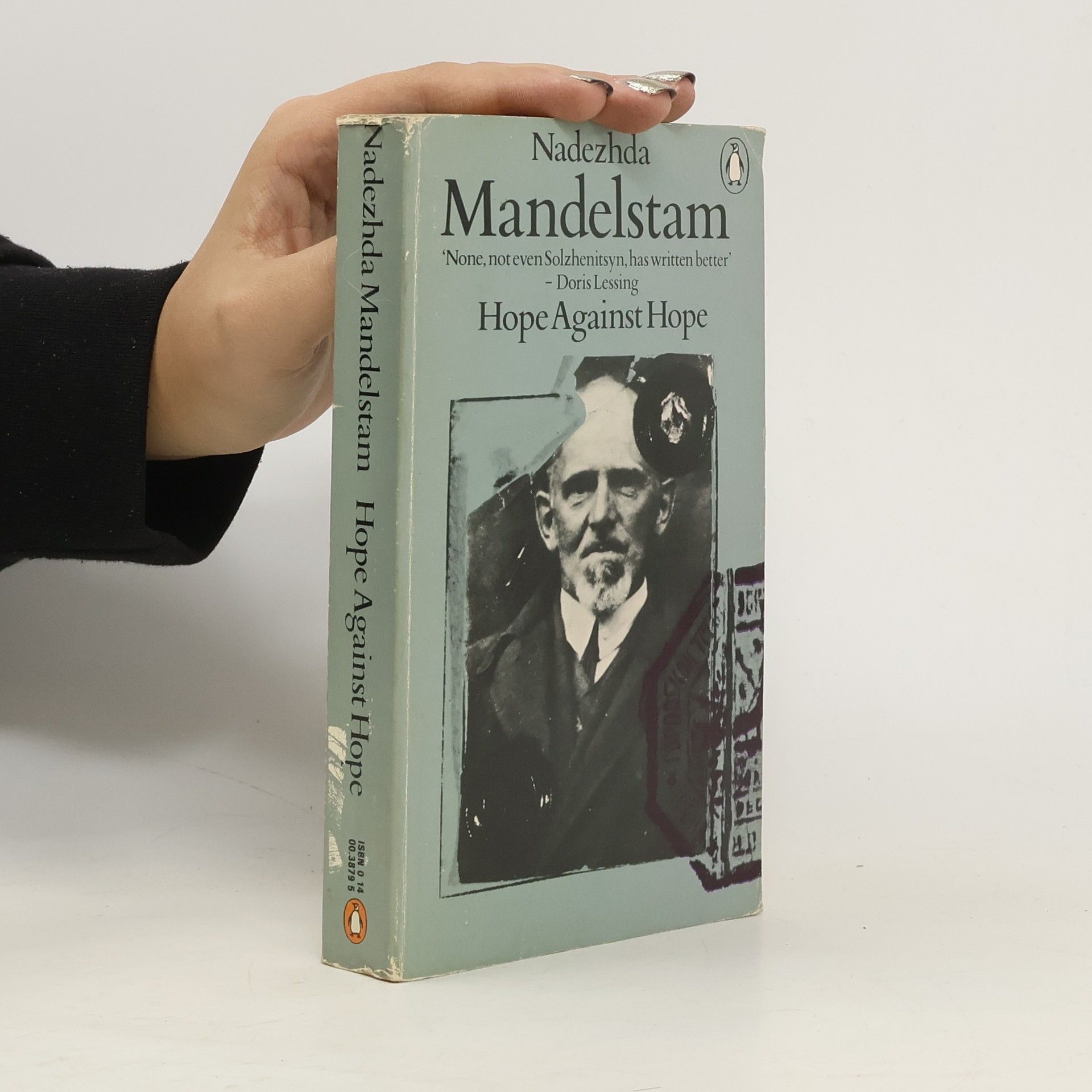First published by Collins and Harvill Press in 1971.
Mendelštam Osip Libri
Osip Mandel'štam fu un poeta e saggista russo, figura centrale del movimento acmeista. La sua opera cattura l'epoca turbolenta della Rivoluzione Russa e l'ascesa dell'Unione Sovietica. Le poesie e i saggi di Mandel'štam sono celebrati per il loro rigore intellettuale e l'eleganza formale, esplorando spesso temi di memoria, cultura e libertà individuale sullo sfondo di regimi oppressivi. La sua voce distintiva e la sua importanza letteraria persistono nonostante le tragiche circostanze della sua vita.







Centuries Encircle Me with Fire
- 130pagine
- 5 ore di lettura
The introduction and translated poems of Mandelstam within are the gold- standard for critics and readers who don't know Russian. They expertly illuminate other Mandelstam translations, not replacing them, but rather allowing for a better understanding of what they specifically contribute.
Moscow and Voronezh Notebooks
- 216pagine
- 8 ore di lettura
This edition combines two previous separate editions of The Moscow Notebooks and The Voronezh Notebooks published by Bloodaxe. The Moscow Notebooks cover his years of persecution (1930-34), when he was arrested for writing an unflattering poem about Stalin. In Voronezh he broke a silence of 18 months, writing the 90 poems of the Voronezh Notebooks.
The Noise of Time
- 249pagine
- 9 ore di lettura
Osip Mandelstam has come to be seen as a central figure in European modernism. This volume includes his autobiographical sketches, The Noise of Time; his novella The Egyptian Stamp; Fourth Prose; and his travel memoirs. There are essays by Clarence Brown.
Poems
- 106pagine
- 4 ore di lettura
A selection of poems by Osip Mandelstam translated into English and with a postscript by Ilya Bernstein. Most of the poems are from the 1930s, mostly from the "Voronezh Notebooks" (1935-1937). The collection includes several longer poems: The Slate Ode, The Octaves Cycle, The Verses on the Unknown Soldier, and The Ode to Stalin.The translations were guided by the belief that the most important thing about a poem is neither its meaning nor its sound, but whatever it is in it that makes its readers memorize it. Accordingly, an attempt has been made here to capture that particular aspect of the originals, with the hope of making English-language versions of Mandelstam's poems that at the very least point to that which invites memorization in his work, and which in the best cases may be memory-worthy in their own right.
Osip Mandelstam's Stone
- 272pagine
- 10 ore di lettura
CONTENTS Acknowledgments. A Note on the Text. List of Abbreviations. Introduction. Mandelstam: The Poet as Builder. STONE. Notes. Originally published in 1981. The Princeton Legacy Library uses the latest print-on-demand technology to again make available previously out-of-print books from the distinguished backlist of Princeton University Press. These editions preserve the original texts of these important books while presenting them in durable paperback and hardcover editions. The goal of the Princeton Legacy Library is to vastly increase access to the rich scholarly heritage found in the thousands of books published by Princeton University Press since its founding in 1905.
Russia’s foremost modernist master in a major new translation
Osip Mandelstam's second collection of poems, Tristia, astonished Russian readers in 1922 with its daring verse forms and meditations on revolution, exile, death and rebirth. Thomas de Waal's new translation gives English-language reader the chance to experience the entire collection for the first time.
Poems of Osip Mandelstam
- 64pagine
- 3 ore di lettura
Proudly part of the New Directions Poetry Pamphlets, a collection of Russian masterpieces
Journey to Armenia
- 192pagine
- 7 ore di lettura
The last published work of a great poet who wrote a few lines attacking Stalin and was shortly thereafter exiled to Siberia where he died near Vladivostok six years later. An inimitable volume, Journey to Armenia is a travel book in name only. Osip Mandelstam visited Armenia in 1930, and during the eight months of his stay, he rediscovered his poetic voice and was inspired to write an experimental meditation on the country and its ancient culture. This edition also includes the companion piece, “Conversation About Dante,” which Seamus Heaney called “Osip Mandelstam’s astonishing fantasia on poetic creation.” An incomparable apologia for poetic freedom and a challenge to the Bolshevik establishment, the essay was dictated by the poet to his wife, Nadezhda Mandelstam, in 1934 and 1935, during the last phase of his itinerant life. It has close ties to Journey to Armenia.